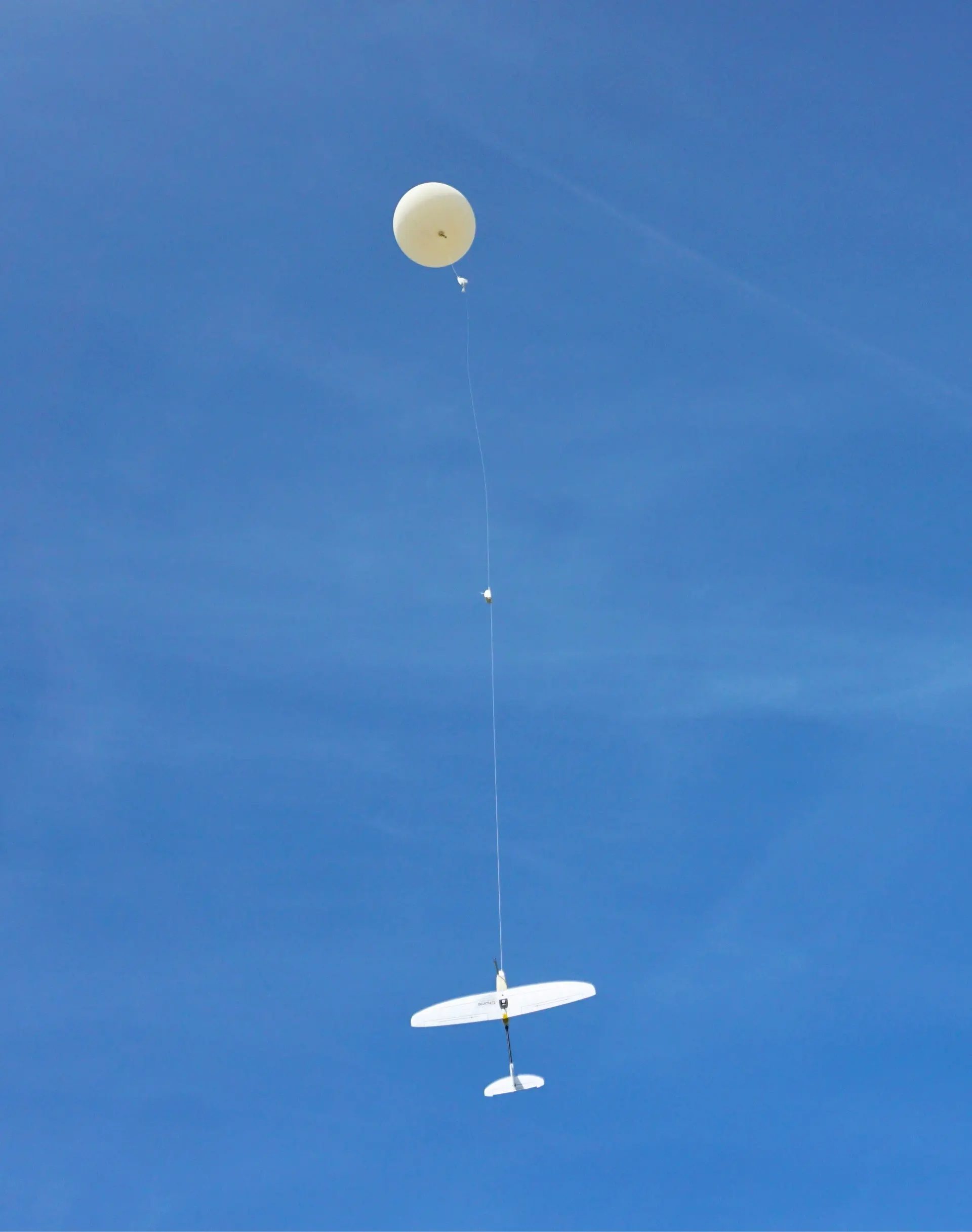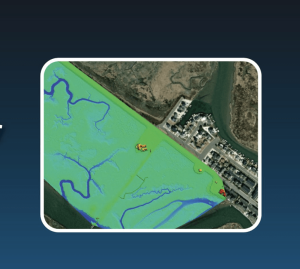Meteomatics Unveils Meteoglider: A Sustainable Alternative to Weather Balloons
Innovative Reusable Radiosonde Technology Aims to Alleviate Environmental and Economic Burdens
Meteomatics, a leading global weather intelligence firm, has officially introduced the Meteoglider, a groundbreaking reusable alternative to standard radiosondes found in traditional weather balloons. This announcement follows the company’s acquisition of R2Home, a specialist in reusable radiosonde technology, showcasing a commitment to enhancing sustainable atmospheric data collection.
Addressing a Longstanding Environmental Issue
Weather balloons have been pivotal in meteorological practices for nearly a century, facilitating the ascent of radiosondes to gather critical atmospheric information. Annually, around 600,000 radiosondes are launched globally; however, a mere 20% are retrieved, with less than 1% being reused. Many are lost in remote regions, contributing to environmental waste and significant replacement expenses.
Martin Fengler, CEO of Meteomatics, emphasizes the transformative potential of the Meteoglider, stating that its ability to facilitate widespread reuse of radiosondes marks a revolutionary shift for the weather industry and broadens horizons for future forecasting methods.
Understanding the Meteoglider’s Functionality
The Meteoglider is a lightweight foam structure designed to accommodate a radiosonde and an advanced guidance system. Unlike traditional radiosondes that are typically lost to the winds, the Meteoglider can return to a predetermined GPS coordinate or the launch site within as little as 25 minutes, maintaining speeds exceeding 450 feet per second. This innovative design enhances the lifespan of a radiosonde by up to 50 uses, drastically cutting down on waste and affording cost savings.

Not only does the Meteoglider collect data during its ascents, but it also does so during the descent, yielding deeper insights into atmospheric conditions. It has recently attained an impressive maximum altitude of over 110,000 feet, marking a record for glider flights.
Expanding Meteomatics’ Portfolio of Weather Intelligence Technologies
The launch of the Meteoglider enhances Meteomatics’ weather monitoring tools, complementing its existing Meteodrones, which can fly up to 20,000 feet to improve local weather predictions. Meanwhile, the Meteoglider specializes in gathering high-altitude atmospheric data traditionally obtained via weather balloons.
Bruno Piguet, who heads High-Altitude Observation at Meteo-France, noted that the Meteoglider’s capacity for radiosonde recovery and reuse signifies a move towards more efficient and less wasteful atmospheric measurement practices, essential for the comprehensive field of meteorology—from early warning systems to climatology.
The Future of Reusable Radiosondes
With the integration of R2Home, the Meteoglider technology is poised for ongoing development under the guidance of Yohan Hadji, R2Home’s founder, ensuring that innovation continues to thrive in weather services and relevant sectors worldwide.
As enterprises and governments look toward sustainable solutions in weather surveillance, the Meteoglider stands as a pioneering advancement in minimizing the ecological footprint of atmospheric data gathering, setting a benchmark for efficiency in meteorology.
For those interested, subscribe to DRONELIFE for daily updates delivered directly to your inbox.













